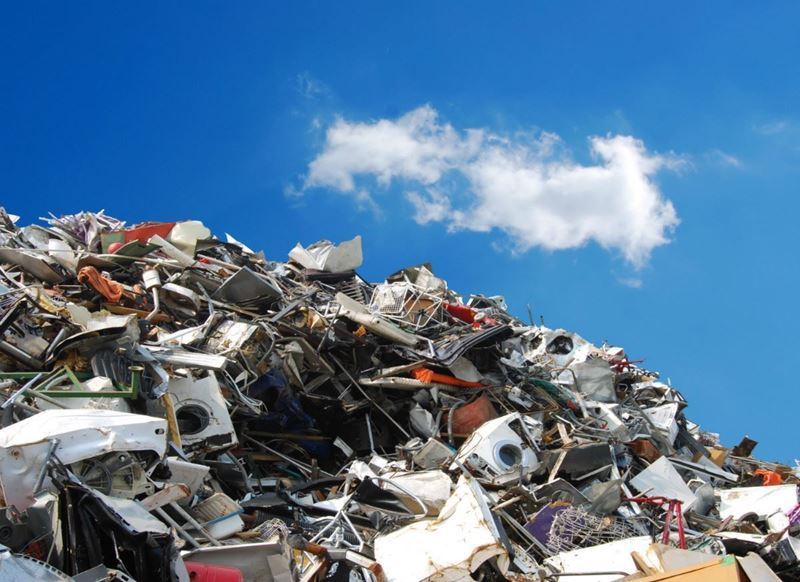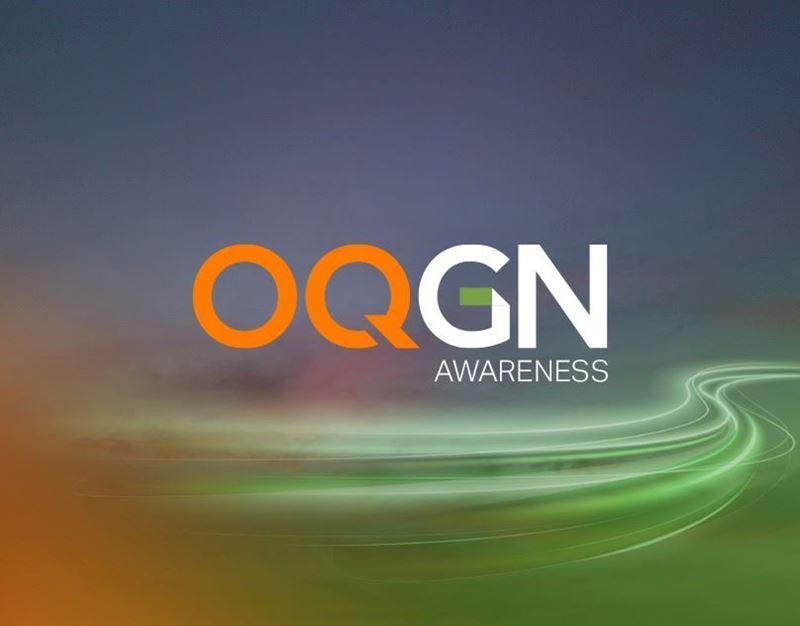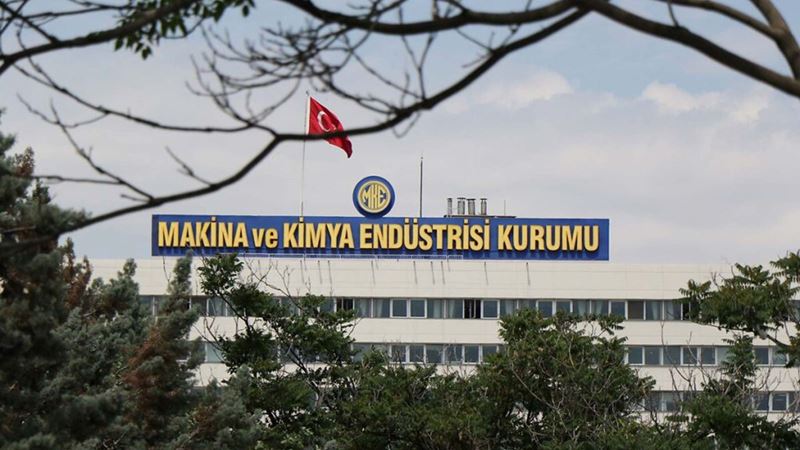For the nickel industry, 2023 will be the third consecutive year of oversupply on a global scale. This situation scares some experts, as the expected surplus this year in the sector is going to be the largest ever.
INSG (International Nickel Working Group), which held the second of its biannual meetings in Lisbon this week, estimates that the market had a surplus of 104 thousand mt last year and that this figure will increase to around 223 thousand mt this year.
The expected cumulative surplus of 566 thousand mt over three years is a huge figure considering the size of the nickel market. On the other hand, expectations for global consumption to be 3.2 million metric tons this year are also among the data.
The remaining nickel surplus has so far been largely hidden in forms of metal that are not traded on the London Metal Exchange (LME) or Shanghai Futures Exchange (ShFE).
However, there is a prevailing belief among funds that this will soon begin to change. Investor positioning in London is trending toward the steepest decline since 2019.
Indonesia rising
Global demand for nickel is actually growing rapidly, thanks to the metal's use as a cathode input in electric vehicle (EV) batteries.
For example, INSG expects usage to increase by 8% this year and 9% in 2024, as demand from increased EV production offsets the stagnant stainless steel sector.
However, according to predictions, global production will grow 12% faster this year and 9% next year.
This situation, of course, is related to the situation of the country itself. Production continues to increase as Indonesia positions itself as a major supplier of raw materials for electric vehicle battery manufacturers. It's about Indonesia.
Indonesian nickel production
Indonesia's mined nickel production rose 31% year-on-year in the first seven months of 2023, according to INSG. The foray into mining has led to an 85% increase in the production of intermediate products such as nickel pig iron (NPI) and nickel mesh. On the other hand, it also led to a 20% increase in primary nickel products such as sulphate.
But rising global production is also driven by China, which increased its primary nickel production by 18% year-on-year in the January-July period.
Chinese nickel production
Although China's NPI production has shifted to Indonesia, the country is increasing its refining capacity.
Macquarie Bank estimates that China added 270 thousand metric tons of capacity to convert intermediates into nickel sulphate last year, while Chinese and Indonesian companies announced plans to increase nickel cathode capacity by 250 thousand metric tons by the end of 2024. Relevant data was published in Commodities Compendium on September 27, 2023.
Creating more capacity to convert intermediate Class II products into Class I primary products will mean surplus units are increasingly spread across the type of nickel traded in both the London and Shanghai markets.
Prices influenced
Nickel has been the weakest performer among the LME base metals pack this year. The three-month-old metal, currently trading at $18,525 per metric ton, was down 60% in early January.
However the fact that the price of refined metals is still significantly above intermediate prices proves the disconnect between the still tight Class I market and the ever-increasing glut in the Class II segment.
There are signs that some of this surplus is now flowing into the Class I market.
LME nickel stocks of 42,384 mt were still down 23% at the beginning of the year but appear to have reached their bottom with over 5 thousand mt arriving since the beginning of September.
Impact on China
Inventories on the Shanghai Stock Exchange have been extremely low for months but rose last week to a one-year high of 7,470 metric tons.
Fund managers believe further nickel surpluses will emerge in the refined part of the market and, as a last resort, the London Metal Exchange.
INSG's latest evaluations confirm these statements. Almost every analyst thinks the market is structurally oversupplied, even if the numbers change.
What matters is how long it will take to transform this excess into a form that can be delivered to both the LME and the ShFE in sufficient quantities to reduce the price.
After last year's turmoil, everyone knows the dangers of having to deal with a huge shortfall in the London nickel market, experts say.









Comments
No comment yet.